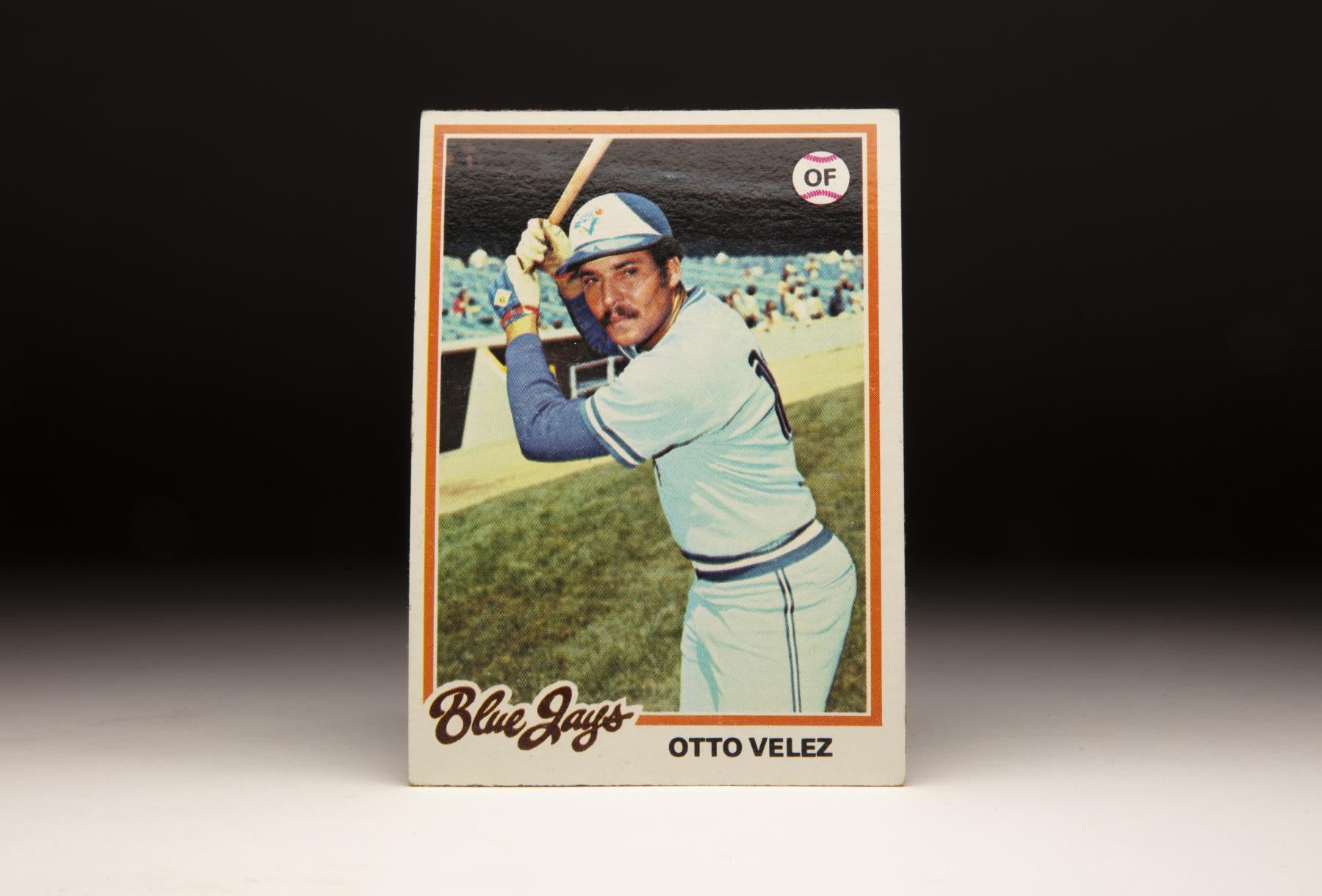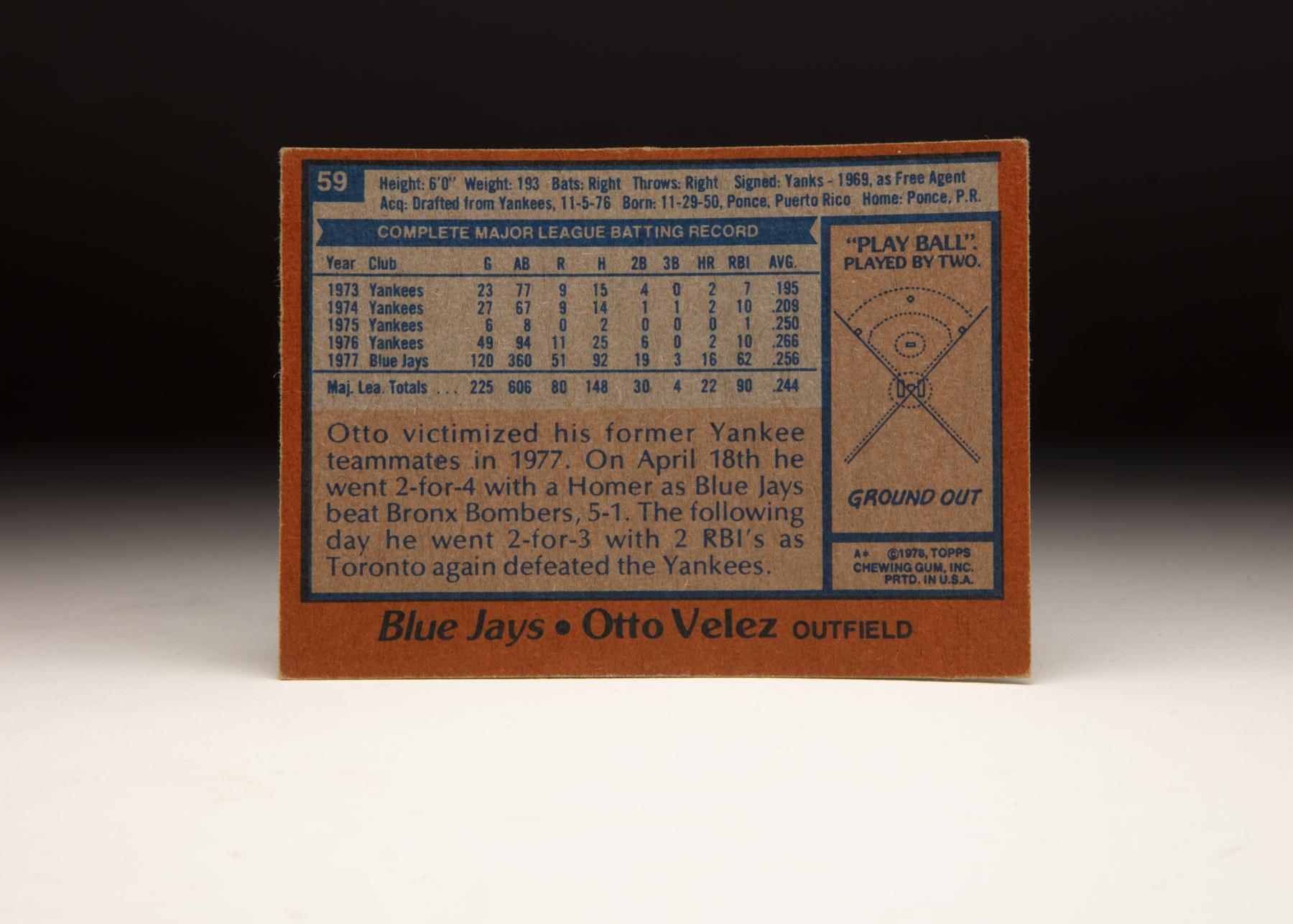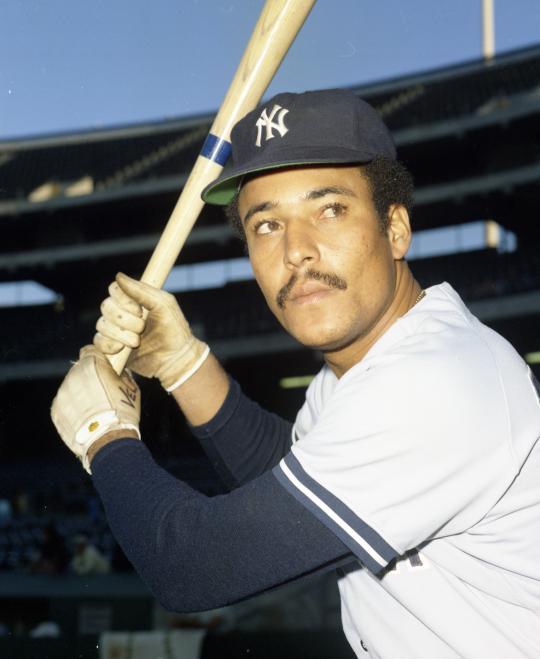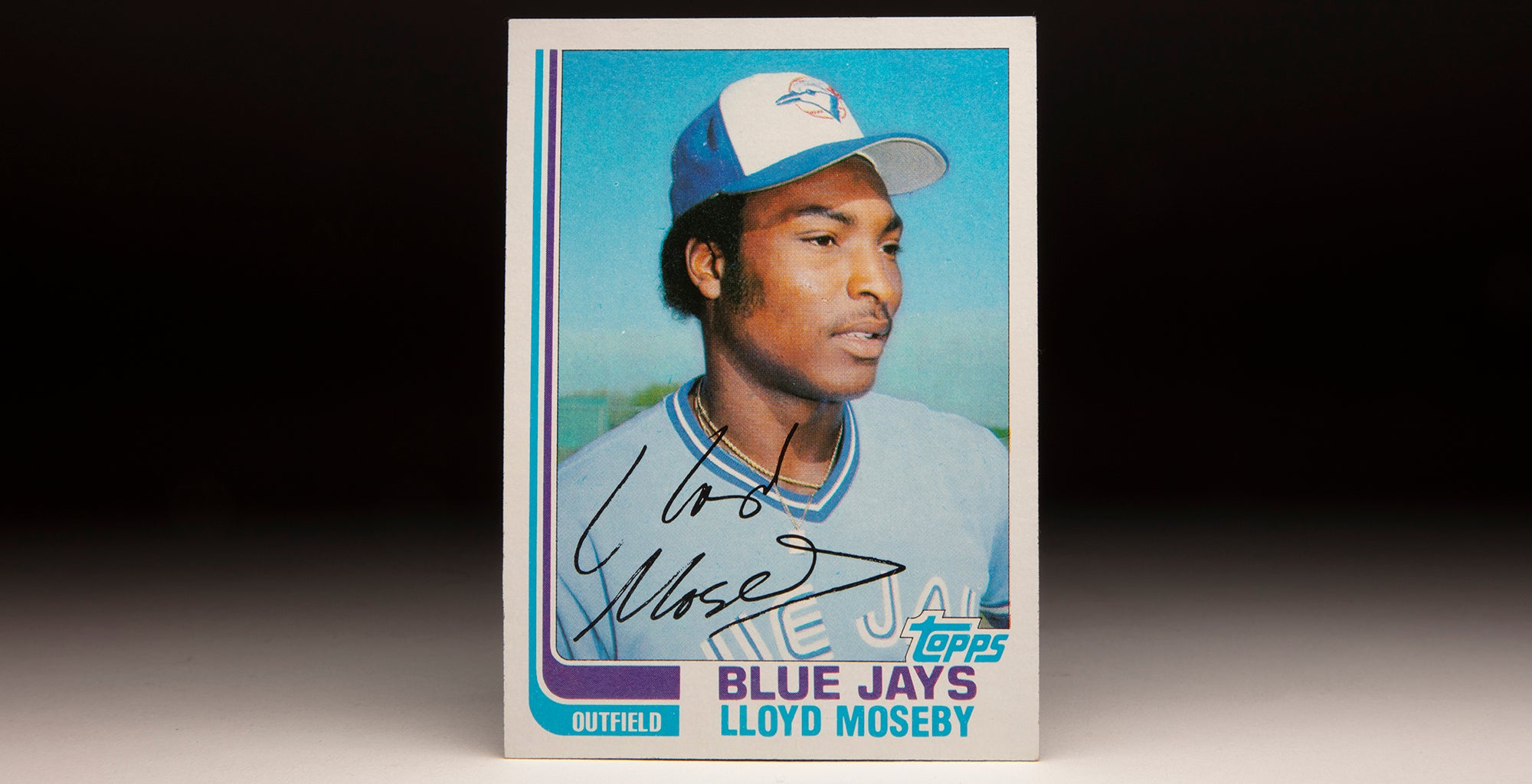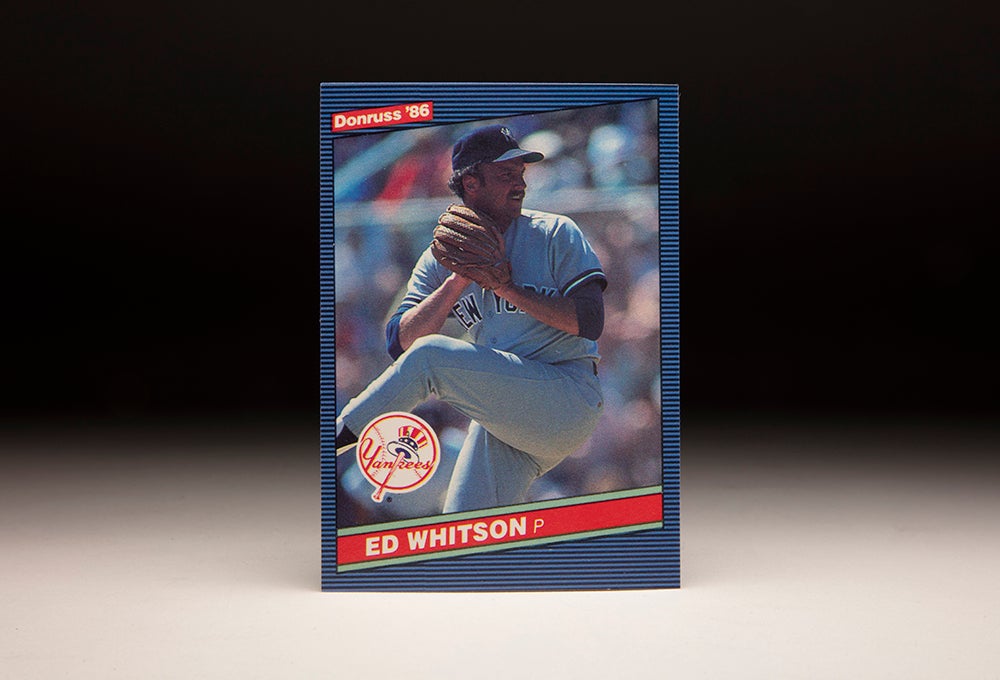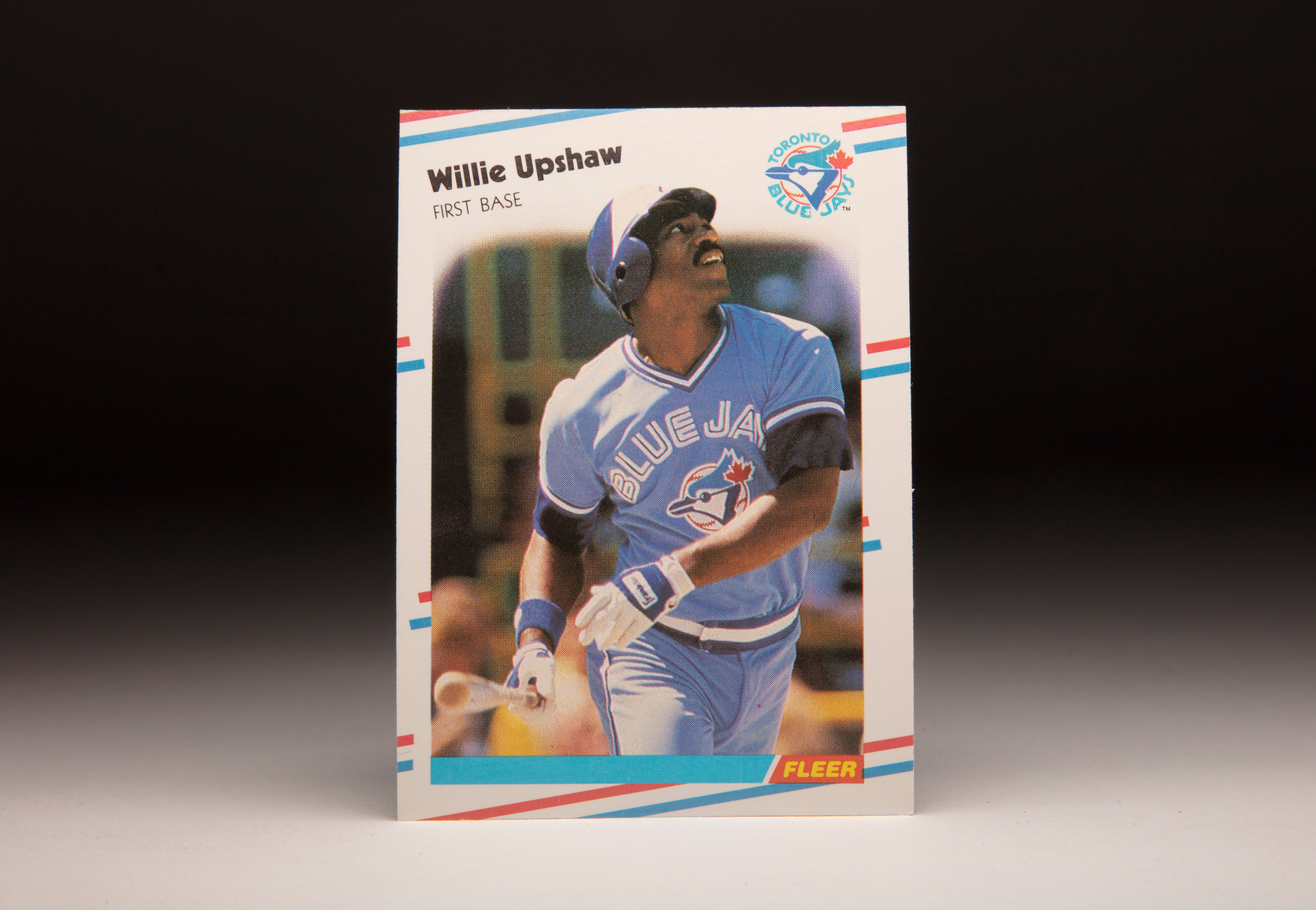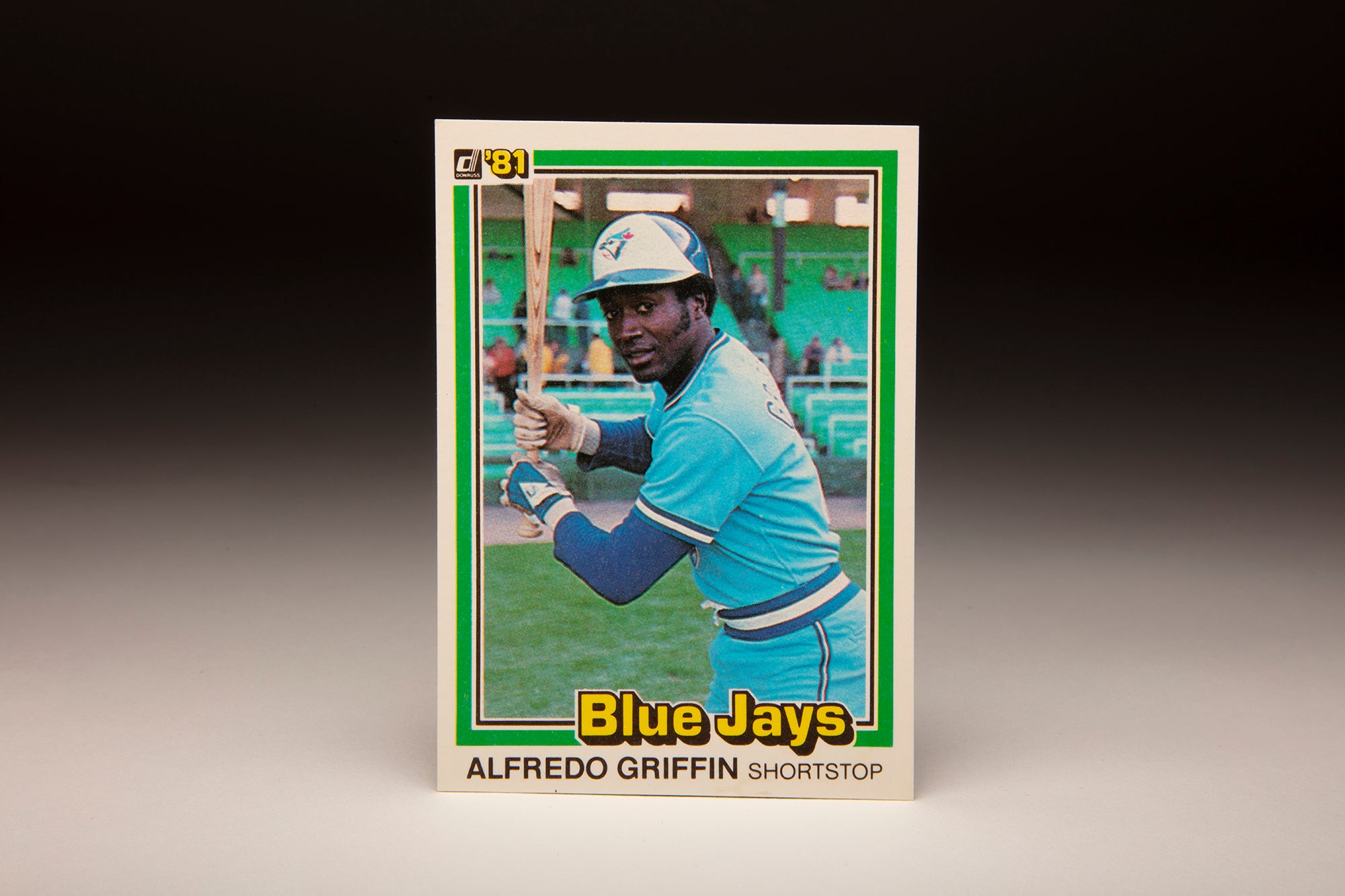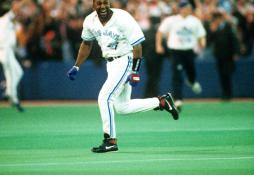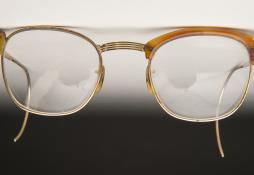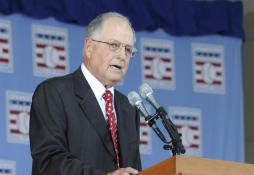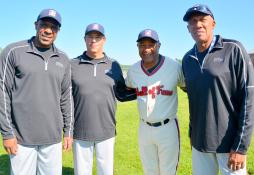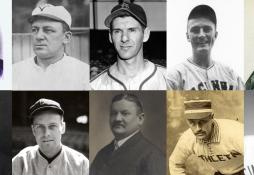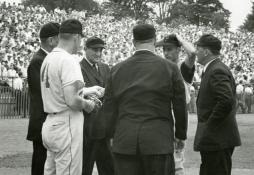- Home
- Our Stories
- #CardCorner: 1978 Topps Otto Vélez
#CardCorner: 1978 Topps Otto Vélez
Coming off a 1973 Triple-A season where he posted an otherworldly OPS of 1.012, Otto Vélez was considered one of the top prospects in all of baseball.
And Oakland A’s owner Charlie Finley knew it. So when the New York Yankees tried to hire manager Dick Williams in December of 1973, Finley – who still had a valid contract with Williams – made a simple request of Yankees general manager Lee MacPhail.
Finley would allow Williams, who had resigned following the 1973 World Series but whose deal extended through 1974, to manage in New York. But the Yankees would have to send Vélez and pitcher Scott McGregor to Oakland as compensation.
Hall of Fame Membership
There is no simpler, and more essential, way to demonstrate your support than to sign on as a Museum Member.
Be A Part of Something Greater
There are a few ways our supporters stay involved, from membership and mission support to golf and donor experiences. The greatest moments in baseball history can’t be preserved without your help. Join us today.
Almost instantly, the Williams-to-New York path was gone. And Vélez would have to wait three more years before he got a chance to play regularly in the big leagues.
Otoniel Vélez was born Nov. 29, 1950, in Ponce, Puerto Rico. One of eight children, Vélez starred in Little League and Babe Ruth League play before signing with the Yankees as an amateur free agent on Dec. 23, 1969. He had also signed a deal with the Astros, who reportedly made a better offer, but MLB ruled that the Yankees had signed him first.
“We love baseball down there,” Vélez told the Associated Press late in the 1973 season. “That’s all we wanted to do.”
Like so many other Puerto Rican youngsters, Vélez grew up idolizing Roberto Clemente.
“I said to (myself): ‘I think I can do it,’” Vélez remembered about the day he decided to pursue a professional career.
Signed by former Yankees pitcher Luis Arroyo, Vélez received $20,000 and was sent to Johnson City of the Appalachian League in 1970, where he hit .369 with 44 RBI in 53 games before being promoted to Class A Fort Lauderdale. In 1971, Vélez hit .310 with 16 home runs for Class A Kingston of the Carolina League, which earned him a promotion to Double-A West Haven in 1972. Vélez struggled in the pitching-friendly Eastern League, hitting .249 with 13 homers in 122 games. At both Kingston and West Haven, Vélez played third base.
“Too cold,” Vélez told the Fort Lauderdale News about his time in West Haven in the spring of 1973 when he was turning heads in Yankees camp. “I never played in cold weather. Last year was the first time I saw snow. Maybe this year, I’ll get used to the cold.”
Vélez would find himself in another cold-weather outpost in 1973 when he was promoted to Triple-A Syracuse. The Yankees moved him to the outfield that year, and New York manager Ralph Houk was convinced Vélez had the chance to be a star.
“He’s a good looking kid,” Houk told the Fort Lauderdale News. “He has a lot of potential. He has power. I like him. He’s impressed me.
“If something happens up here, he could come up quickly.”
With Syracuse, the 22-year-old Vélez established himself as one of the best outfielders in the minor leagues. In 138 games, Vélez batted .269 with 29 homers, 98 RBI, 92 runs scored and 130 walks. With the Yankees en route to a disappointing 80-82 record that year, New York called Vélez up to the majors in September.
Making his big league debut on Sept. 4 against the Tigers, Vélez went 1-for-3 with a single off Mickey Lolich in his first at-bat. Two days later against the Brewers, Vélez went 3-for-3 with two runs scored. He cooled off over the next month but played right field virtually every day, hitting .195 with two homers and seven RBI in 23 games.
Following the Yankees decision to keep Vélez and pivot to Bill Virdon as manager – after Houk left for the Tigers and Finley would not let Williams go to New York – the Yankees brought Vélez to Spring Training in 1974. He was among the last cuts the team made and headed back to Syracuse to play first base.
Vélez took his hitting to another level in Triple-A, batting .310 with a .483 on-base percentage and a .570 slugging percentage in 65 games with Syracuse before being recalled by the Yankees in late June. Virdon inserted Vélez into the lineup at first base and batting cleanup – but after a good start Vélez’s playing time decreased. With the Yankees battling the Orioles for the AL East title, Virdon relied on his veterans. New York fell two games short of the title, and Vélez finished the year with a .209 batting average, two homers and 10 RBI in 27 games.
In 1975, Vélez again failed to make the Opening Day roster and this time was asked to play third base in Syracuse. He hit just .250 in 81 games before appearing in six games for the Yankees in September.
“They had too many other good hitters,” Arroyo told the New York Times News Service about Vélez’s struggle to find playing time with the Yankees. “Otto is the kind of guy who needs to play a lot.”
Vélez finally stuck with the Yankees for the entire 1976 season but was relegated to bench duty. In 49 games, he hit .266 with two homers – the first of which came against Cleveland on May 19, the same day his wife gave birth to his first child – and 10 RBI as the Yankees won the American League pennant. He was on the team’s roster for both the ALCS and the World Series but failed to record a hit in four at-bats.
The Yankee then left Vélez exposed to the Expansion Draft, and he was selected by the Blue Jays with the 53rd overall pick.
“We didn’t want to lose Otto,” Dick Howser, a longtime Yankees coach and later their manager, told the Buffalo News in 1980. “I personally didn’t want to lose him. He always hit well. He just never had a chance to play regularly.”
Vélez got his chance in 1977 with the expansion Blue Jays, starting at designated hitter in the franchise’s first game on April 7 and recording two hits that day. He stayed hot throughout April, racking up eight multi-hit games and finishing the month with a .442 batting average, five homers, 18 RBI and 11 walks. He was named the American League’s Player of the Month.
Vélez soon moved to right field but was sometimes platooned by manager Roy Hartsfield. Vélez also missed time with a broken finger, finishing the season with a .256 batting average 16 home runs, 62 RBI and 65 walks (good for a .366 on-base percentage) in 120 games.
“I thought I was going to have a great year,” Vélez said. “I thought I was going to hit 20 home runs and I ended up with 16. It was disappointing.”
Vélez was late reporting to Spring Training in 1978 due to dental work he was undergoing in Puerto Rico. And despite repeated statements by Hartsfield that he would find playing time for Vélez, he played in just 91 games in 1978 – hitting .266 with nine homers and 38 RBI.
The 1979 season proved to be more of the same as Vélez hit when he played but found opportunities to be inconsistent. He batted .288 with 21 doubles, 15 homers, 48 RBI and 46 walks – good for a .926 OPS in 99 games. He suffered finger and leg injuries during the campaign after mishaps in the outfield, reinforcing a school of thought that he was not a good defender.
But on a team that needed all the hitters it could find, Vélez’s playing time (or lack thereof) perplexed many observers. It did not help that Vélez clashed with Hartsfield, a disciplinarian who oversaw three straight years with 100-plus losses from 1977-79.
“That man was too serious,” Vélez said. “Like we were in the army. I thought I deserved to play, and I asked to be traded.”
But Blue Jays general manager Pat Gillick hung onto Vélez, who found his relationship with Bobby Mattick – who took over the club in 1980 – much better.
Vélez, who signed a multi-year contract just prior to the start of Spring Training, repeated his 1977 performance in 1980 by again starting the season on a hot streak. He hit four home runs and drove in 10 runs in a doubleheader against Cleveland on May 4, 1980 – becoming the first Blue Jays player to hit three home runs in one game when he went deep against Dan Spillner, Wayne Garland and Sid Monge in the opener. Vélez was hitting .329 starting play on May 10 when he injured his shoulder during a brawl with the Athletics.
Al Woods, the Blue Jays three-hole hitter, had doubled and homered off Oakland pitcher Rick Langford before Langford hit Woods with a pitch in the seventh inning. Woods charged the mound, and Vélez – batting cleanup – tried to break up the fight.
“Otto went out there to be the peacemaker,” Mattick told the New York Times News Service. “But (A’s manager) Billy (Martin) grabbed him by the seat, just to keep him out of the fight.”
Oakland pitcher Steve McCatty then grabbed hold of Vélez’s upper body, and in the melee Vélez injured his shoulder, sidelining him for a week. Some suggested Martin had choreographed the entire episode as a way to cool off the red hot Vélez, but Vélez – who praised Martin while he played for him with the Yankees – defended his former manager.
“People have got the story all messed up,” said Vélez, who also battled back issues in 1980. “Billy is my friend. He always told me he wanted to get me back to the Yankees. He would not try to hurt me. He was trying to pull me away. He didn’t even have me around the arms. McCatty did. It was nobody’s fault.”
Vélez was hitting .351 with nine homers, 30 RBI and a .444 on-base percentage when play began on June 1. But he cooled off during the summer and did not play a game in September after suffering a fractured cheekbone in a traffic accident on Aug. 28.
Vélez finished the season with a .269 batting average, 20 homers and 62 RBI in 104 games in what would be the most productive season of his big league career.
Vélez looked like he’d pick up where he left off in 1980 the following year, driving in eight runs with three home runs, a double and a single in an exhibition game against the Phillies on April 6, 1981. Three days later, Vélez had two hits and two walks on Opening Day. But he never found his early season magic in that year and was hitting .217 when the strike interrupted the season in June. He finished the year with a .213 batting average, 11 homers and 28 RBI in 80 games – though he did draw 55 walks to push his on-base percentage to .363.
In 1982, Vélez spent over a month on the disabled list with a pulled thigh muscle and was hitting .192 with a homer and five RBI in 28 games when the Blue Jays designated him for assignment on Aug. 5. He was officially released on Sept. 7, bringing to a close the Toronto career of the only player who had been continuously on the Blue Jays roster since the 1976 Expansion Draft.
The Indians signed Vélez to a minor league deal on Feb. 7, 1983, and invited him to Spring Training. He began the season with Triple-A Charleston, where he hit .310 with nine homers, 42 RBI and a .435 on-base percentage in 48 games before being recalled to Cleveland in July. But Vélez went just 2-for-25 (.080) in 10 games. On Aug. 7, the Indians designated Vélez for assignment, ending his big league career.
He played eight games with Aguascalientes of the Mexican League in 1984 in the last pro action of his career, ending with a big league batting average of .251 in 637 games, including 87 doubles, 78 home runs, 272 RBI and 336 walks – which left him with an on-base percentage of .369.
In today’s era of advanced metrics, it’s hard to image Vélez not getting a longer look. But in the end, Vélez was happy simply to have had the chance he did.
“The Yankees never really gave me a fair shot,” Vélez told the Journal Times of Racine, Wisc., in 1977. “I don’t know why they wouldn’t play me. (The day he was drafted by the Blue Jays) was probably the happiest day of my life. I knew I’d finally get a chance to play. That’s all I wanted: To prove I could do it.”
Craig Muder is the director of communications for the National Baseball Hall of Fame and Museum

